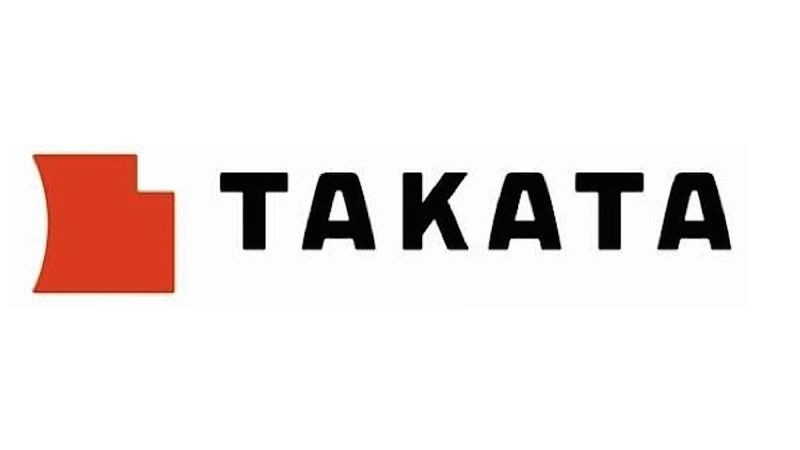At this point in the more than 20-year Takata exploding airbag inflator safety recall, you would think that most motorists would have had their vehicles repaired if they are still on the road. The longest and largest safety recall in history, however, still goes on and continues to claim lives even as safety regulators urge motorists to have their vehicles repaired.
67 Million Inflators RecalledLatest Fatality Involves Stellantis
The latest Stellantis fatality occurred last summer and involved a 2010 Chrysler 300 that had been loaned out by its owner to a family member who was killed when the driver-side airbag housing burst on deployment during a crash. Automotive News (AN) has reported on the fatalities this week. You can read more about the problem on the National Highway Traffic Safety Administration website.
Stellantis considers this problem so acute that they took the very rare step of issuing a “Do Not Drive” warning to the owners of Chrysler 300, Dodge Magnum, Challenger, and Charger from the 2005 through 2010 model years that have not been repaired. The automaker said its “Do Not Drive” warning covered nearly 300,000 vehicles that have not yet been repaired. The automaker has urged its owners to ensure the recall repairs are completed. Only 2,000 of the affected vehicles have been repaired since the “Do Not Drive” order was issued last month, Stellantis admitted.
According to AN, Stellantis has reportedly made many outreach attempts over a seven-year stretch in the latest fatality. Further, the company told AN that it has replaced 6.1 million defective inflators. In total, Stellantis has sent out 210 million notifications of this issue using mail, courier services, email, text messages, phone calls, and home visits.
Stellantis Has Tried Contacting Owners Repeatedly
Stellantis said it made many outreach attempts over a seven-year period involving vehicles involved in the latest fatal incident. It has replaced 6.1 million defective inflators and reached out nearly 210 million times using mail, courier service, e-mail, text messages, phone calls, and home visits.
Earlier this year, the 17th fatality linked to Hondas reportedly occurred in Bowling Green, KY. The vehicle involved was a 2002 Honda Accord. You can find more information about this fatality here. Interestingly, there was a cluster of Honda vehicles in the 2001-2002 timeframe that noted the impact of the recall could be as high as 65 percent of the cluster. The size of the cluster is still unknown.
Ford added another fatality when an airbag inflator burst claiming another fatality. Like other Ford vehicles impacted by this long-running recall, the vehicle was a 2006 Ford Ranger pickup.
According to AN, there have been more than 30 deaths linked to this problem, including 24 in the U.S. There have been reports of more than 200 serious injuries linked to this problem since the significant push began in 2009. The primary issue involving this recall is a series of front airbag inflators made by Takata. According to a federal investigation earlier this decade, Takata factories in Mexico, where the weather is often warm and humid, manufactured inflator housings that were often filled with debris and which allowed moisture to penetrate the ammonium nitrate used by Takata as the airbag propellant.
Ammonium Nitrate Deterioration Causes Problem
The moisture caused the ammonium nitrate to deteriorate, and as it deteriorated, it became more powerful. The now-more powerful propellant caused the airbag inflator housing to explode, sending shards of metal scything through the passenger compartment of vehicles. The metal fragments impacted front-seat occupants (driver or passenger) by raking them with shrapnel, causing severe injuries or death.
More than 30 deaths worldwide -- including 24 U.S. deaths -- and hundreds of injuries have been reported in vehicles since 2009 when this recall – honestly, a series of ongoing recalls through 2016. There were other individual recalls that affected other automakers as early as 2001-2002. The recalls have affected the products of 20 automakers.
Over the last decade, more than 67 million Takata airbag inflators have been recalled in the United States and more than 100 million worldwide, in the most significant auto safety callback in history.
Causes Of The Problem OutlinedCourtesy Takata
Marc Stern has been an automotive writer since 1971 when an otherwise normal news editor said, "You're our new car editor," and dumped about 27 pounds of auto stuff on my desk. I was in heaven as I have been a gearhead from my early days. As a teen, I spent the usual number of misspent hours hanging out at gas stations (a big thing in my youth) and working on cars. From there on, it was a straight line to my first column for the paper, "You Auto Know," an enterprise I handled faithfully for 32 years. Not many people know that I also handled computer documentation for a good part of my earnings while writing YAN. My best writing, though, was always in cars. My work has appeared in Popular Mechanics, Mechanix Illustrated, AutoWeek, SuperStock, Trailer Life, Old Cars Weekly, Special Interest Autos, etc. You can follow me on: Twitter or Facebook.












